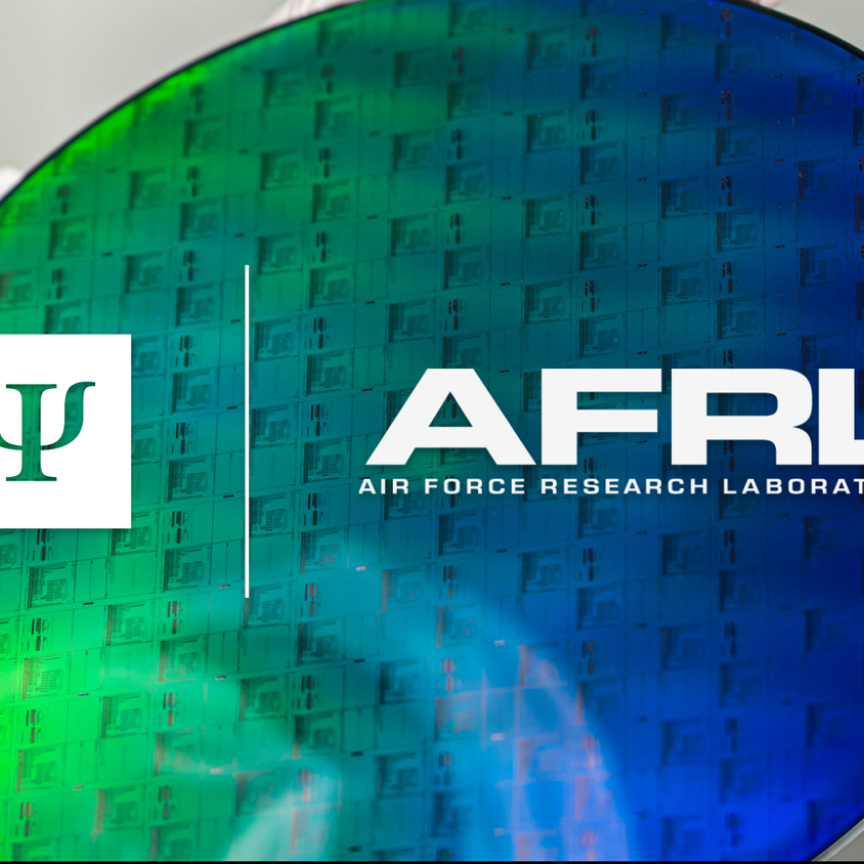The US government’s department of defence (DoD) has announced a $6 million (£4.4 million) grant to support the development of a new generation of self-navigating bat-like drones that can be powered remotely by lasers, even while in dust storms or when undergoing electromagnetic interference.

Caltech engineers demonstrated a drone capable of mimicing bat-like flight last year. (Image: Caltech)
Announced earlier this month by the Defense Enterprise Science Initiative (DESI), the ‘FY 2018 DESI BAA’ scheme is designed to support technology proposals from industry-academia collaborations that ‘devise new paradigms for autonomous flight’, and ‘develop and demonstrate new concepts for wireless power transmission’.
‘The biological study of agile organisms such as bats and flying insects has yielded new insights into complex flight kinematics of systems with a large number of degrees of freedom, and the use of multi-functional flight surface materials,’ the DoD announced in its proposal. ‘Progress in sensors, optimisation and miniaturisation of processors, and advances in flight control algorithms have also made it feasible to enable real-time autonomy in a miniature robotic system.’
The department has therefore identified the potential for a new generation of autonomous biomimetic drones that offer significant improvements in manoeuvrability, survivability and stealth over traditional quadcopter or fixed-wing designs.
‘The ultimate vision of this basic research programme is to yield advances that will enable the next generation of UAV platforms capable of autonomous operation,’ it stated. ‘These platforms should effectively navigate a battlespace and respond to obstacles with minimal intervention from a human pilot.’
An ideal solution, according to the DoD, would therefore incorporate the required mechanical, electronic, power and sensory subsystems in a small robust package that can withstand strong accelerations and changes in thermal environment – such as those encountered on a battlefield. The system should also feature self-contained algorithms and/or hardware architectures for autonomous flight control with a large number of degrees of freedom, obstacle recognition and avoidance, real-time decision making and mission planning.
In order to power the proposed biomimetic drones, the DoD envisions using laser, microwave or other electromagnetic frequencies to transmit the required energy remotely, even in inclement environmental conditions, such as dust storms, other poor weather, or in the presence of electromagnetic or other interference.
‘The goal of this effort is to identify, develop and demonstrate new concepts for wireless power transmission...at the core of these applications is the need for new and scalable technologies for sending, receiving, directing and converting power across ground/air/space platforms.’
Such concepts could resemble small but highly efficient devices that incorporate metamaterials and adaptive optics for dynamic beam redirection and focusing onto a moving receiver, according to the DoD, all while minimising the system’s detectable signature and maximising the safety of local ground crews.
If swarm applications are also to be considered with the biomimetic drones, new concepts for communications, data fusion and distributed control should also be considered, the DoD proposed.
In the proposal the DoD expressed that in order to enable the required high-tempo all-terrain agility in the drones, the idea of an intelligent system having to be a rigid multi-body platform optimised for quasi-static and steady-state motion should be avoided.
‘To achieve robust, resilient, and energetically versatile agility and dexterity rivalling biological systems, robotic systems require breakthrough components featuring locally tuneable material properties with embedded sensing and actuation,’ it explained.
A type of newly controllable smart material is therefore needed that, rather than having its control be extrinsic and centralised with fixed material properties and mechanics, instead features dynamic materials-based energy management that is intrinsic, modular, and distributed.
This will require advances in novel materials fabrication, for example active liquid-crystal elastomers, liquid metals, hyperelastic light-emitting capacitors and next-generation shape memory alloys/polymers, as well as techniques for wireless sensing and self-sensing, muscle-mimetic actuation, according to the DoD.
Related article

